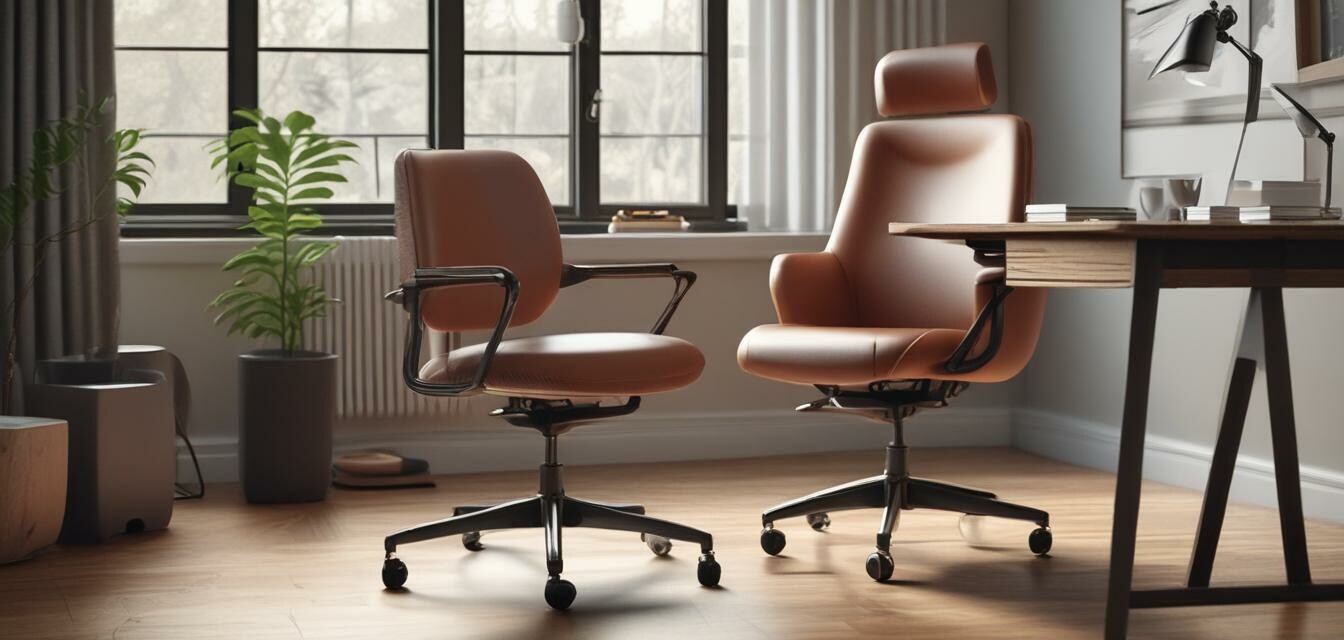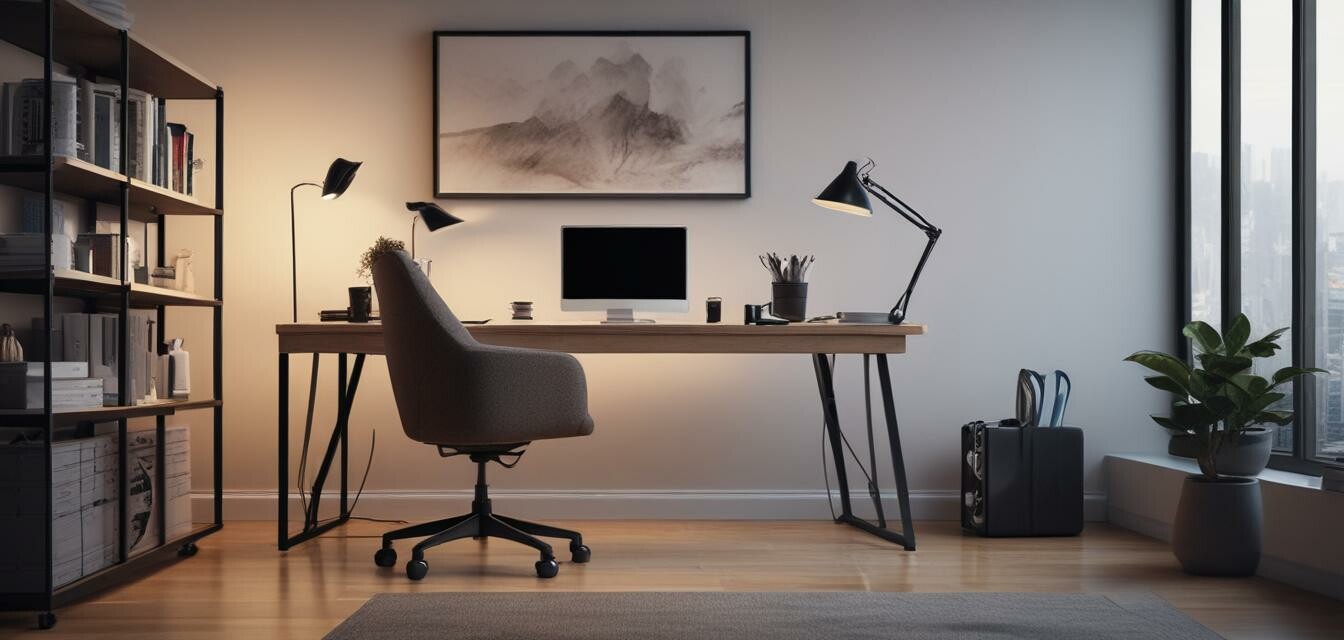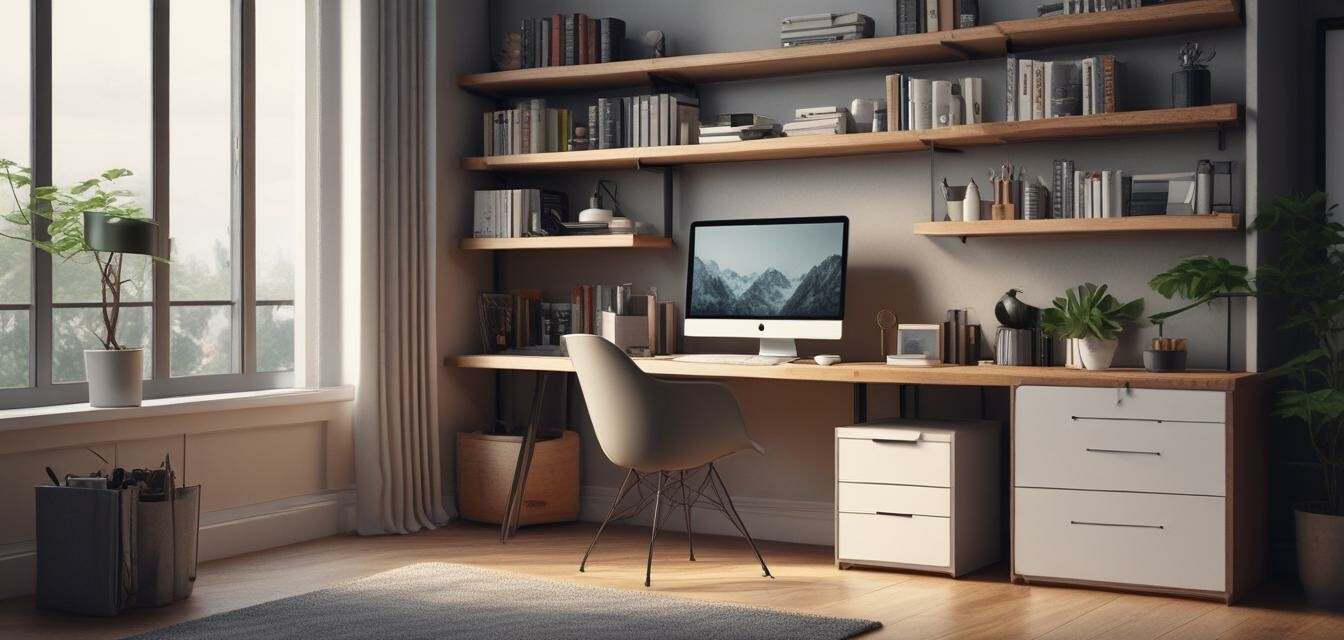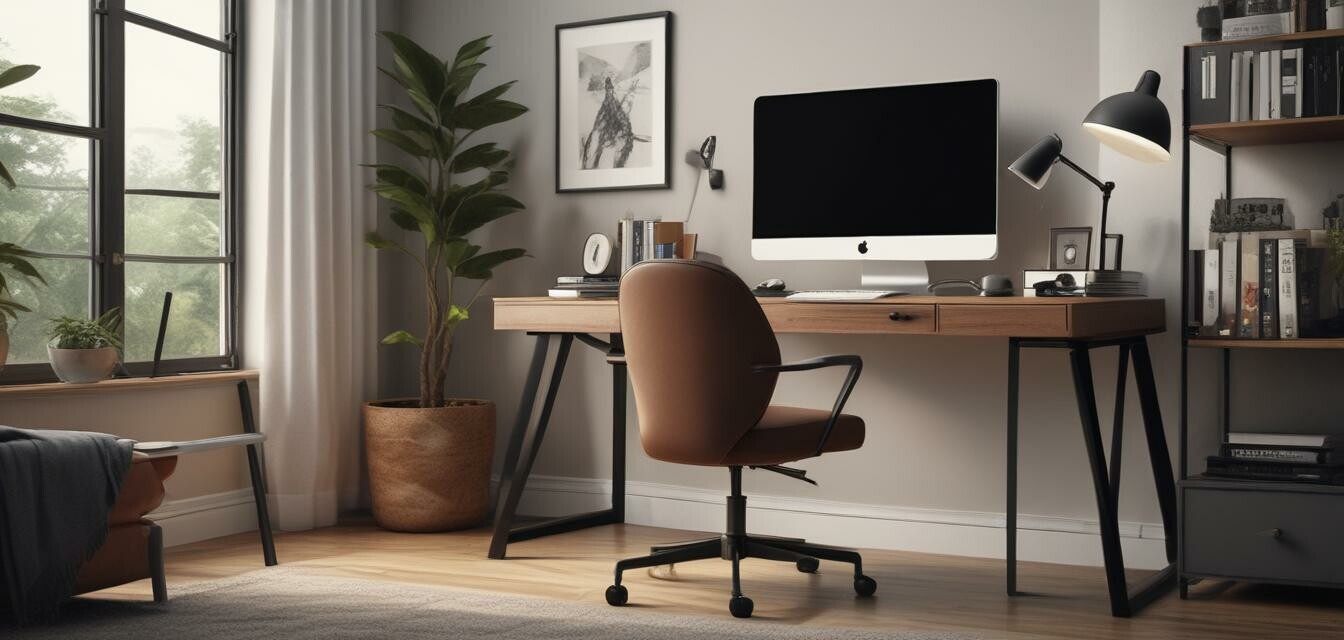
Eco-Friendly Office Furniture
Key Takeaways
- Eco-friendly office furniture is made from sustainable materials that minimize environmental impact.
- Look for certifications like FSC (Forest Stewardship Council) when selecting office furniture.
- Incorporating plants in your workspace can improve air quality and productivity.
- Consider multi-functional furniture to save space and resources.
- Investing in ergonomic furniture can promote better health and comfort.
Creating an environmentally friendly office space is more important than ever. As businesses and individuals become increasingly aware of their carbon footprints, many are looking for sustainable options in every aspect of their lives, including the furniture they choose for their office. In this article, we will discuss a variety of eco-friendly office furniture options that not only benefit the environment but also help create a stylish and comfortable workspace.
Benefits of Eco-Friendly Office Furniture
Investing in eco-friendly office furniture comes with numerous advantages:
- Reduced Environmental Impact
- Improved Indoor Air Quality
- Durability and Longevity
- Enhanced Employee Wellbeing
- Support for Sustainable Practices
1. Reduced Environmental Impact
Eco-friendly furniture is typically made from sustainable materials that do not deplete natural resources, minimizing the furniture's carbon footprint.
2. Improved Indoor Air Quality
Traditional furniture often uses wood adhesives and finishes that release volatile organic compounds (VOCs). Eco-friendly options use non-toxic materials that promote better indoor air quality.
3. Durability and Longevity
Many eco-friendly furniture pieces are built to last, reducing the need for frequent replacements and thereby cutting down on waste.
4. Enhanced Employee Wellbeing
The use of ergonomic and sustainable materials can have a positive impact on employee comfort and productivity.
5. Support for Sustainable Practices
Choosing eco-friendly furniture supports green manufacturing processes and promotes corporate social responsibility.
Types of Eco-Friendly Office Furniture
| Type | Description | Environmental Impact |
|---|---|---|
| Recycled Material Desks | Desks made from recycled materials help reduce waste. | Less landfill waste, conservation of resources. |
| Bamboo Furniture | Bamboo is a rapidly renewable resource, making it an excellent choice for furniture. | Low environmental footprint, strong and durable. |
| Upcycled Furniture | Furniture made from reclaimed wood or repurposed materials. | Reduces demand for new materials, unique designs. |
| Biodegradable Furniture | Made from materials that break down easily without harming the environment. | Minimized waste in landfills. |
| Ergonomic Chairs | Chairs that provide comfort and support while promoting good posture. | Improves health and productivity. |
Key Materials to Look For
When selecting eco-friendly office furniture, consider the following materials:
- Bamboo: Fast-growing and highly renewable.
- Recycled Metal: Strong and reduces mining waste.
- FSC-Certified Wood: Sourced from managed forests.
- Organic Fabric: Made from natural fibers without harmful chemicals.

Considerations When Buying Eco-Friendly Office Furniture
Before making a purchase, keep the following factors in mind:
- Certifications: Look for labels like FSC or GreenGuard.
- Functionality: Choose multi-functional pieces to maximize space efficiency.
- Style: Ensure the furniture fits your office aesthetic without compromising on sustainability.
- Budget: Eco-friendly furniture may have a higher upfront cost, but it pays off in durability.
Tips for Creating an Eco-Friendly Office
- Incorporate plants to enhance air quality and aesthetics.
- Utilize energy-efficient lighting solutions.
- Encourage paperless practices to reduce waste.
- Implement recycling practices in the office.
- Invest in eco-friendly office supplies and accessories.

Making the Switch to Eco-Friendly Furniture
Transitioning to eco-friendly furniture can be a significant change but offers numerous long-term benefits for both the environment and your health. Here are some actionable steps:
- Assess your current furniture and identify what can be upcycled or removed.
- Research local suppliers offering sustainable options.
- Consider starting with a few key pieces, such as desks or chairs.
- Gradually replace items while educating your team about the benefits.
Pros
- Environmentally friendly and sustainable.
- Improves indoor air quality.
- Durable and built to last.
- Promotes employee wellbeing.
- Support for eco-conscious brands.
Cons
- Higher initial costs compared to conventional furniture.
- Limited availability in some areas.
- May require more research to find quality options.
Conclusion
Choosing eco-friendly office furniture is a crucial step towards a sustainable work environment. With a variety of materials and types available, it's easier than ever to make responsible choices that benefit not only your workspace but also the planet. For more information on specific types of furniture, check out our detailed guides on office desks, filing cabinets, and decorative accessories.









